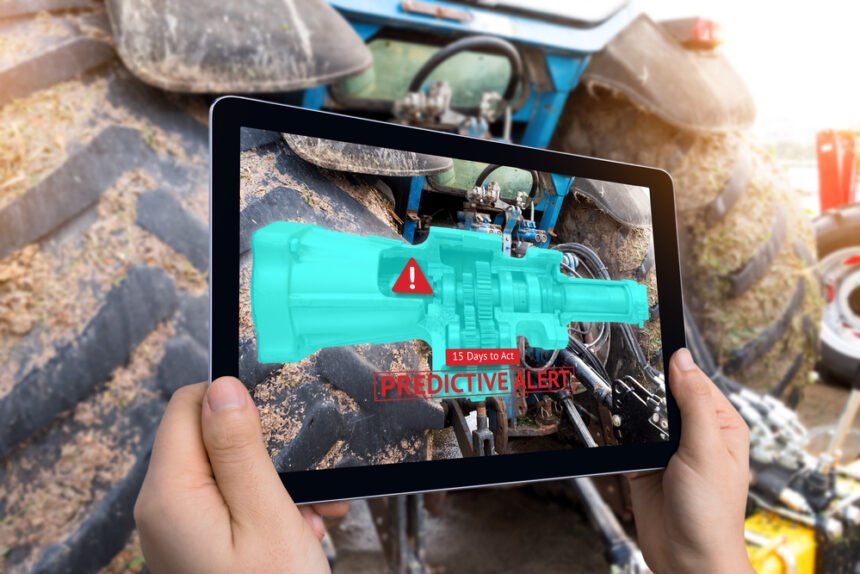The predictive maintenance industry has a great impact on the life of equipment. The process aims to reduce machine downtime, enabling, for example, better maintenance planning. However, the project needs to be well developed for a good monitoring of production.
According to data from the US Department of Energy, the savings generated by the application of this model reach up to 30% in maintenance costs, with a reduction of approximately 75% in downtime and up to 45% in downtime. Thus, the return on investment (ROI) can be up to 10 times the amount applied.
These numbers show some of the many benefits that predictive maintenance in the industry can bring to a business. But do you know what the steps are to implement it? Here’s how to set up your project!
Essential elements for predictive maintenance in the industry
A predictive maintenance project cannot be carried out without three essential elements for its implementation. It relies on the right predictive analytics tools that can prove to be very useful. Are they:
Data – Information sources are essential for training the algorithms. In an ideal case, the machinery has sensors that send data in real time. In addition, maintenance and fault information is digitized. This is usually not the scenario found – it is normal for maintenance information to be made available on paper. However, it does not preclude the execution of the project: the only difference will be the inclusion of additional time for structuring the data
Machine Learning Algorithms – Each case will have an ideal algorithm. It is rare that the same algorithm is the most suitable for different cases. Thus, the customization of Machine Learning algorithms is at the heart of the implementation of a predictive maintenance system that is effective.
Industry Expertise – The structuring of data and selection of algorithms must have a strong component of expertise in the day-to-day operation. Here, the contribution of those responsible for predictive maintenance is essential. This experience must be incorporated into the system for it to be effective.
Understand what should be monitored
From machine learning, algorithms can learn new information over time, but a starting point is needed. Therefore, understanding the equipment the problem should be the beginning for predictive maintenance in the industry.
An unnecessary machine shutdown can happen for several reasons. Some are very common, while others can be more specific. A good diagnosis should allow intelligent algorithms to have access to fluids, component wear, vibration and temperature of the machines.
The last item is one of the main ones, as it acts directly on the quality of the equipment. Therefore, intelligent algorithms must accompany cold chambers, greenhouses and / or maturation chambers, according to the type of industry.
Select the data
For a proper functioning of artificial intelligence in predictive maintenance, it is necessary to have the data that will guide the algorithms. The applied technology is able to extract them from the systems, as long as the information is properly imputed.
It is necessary to have available a series of materials that enable the action of machine learning on the machines. Consider productivity graphs, history of the collection of variables, management software, communication gadgets, among other tools favorable to obtaining data.

